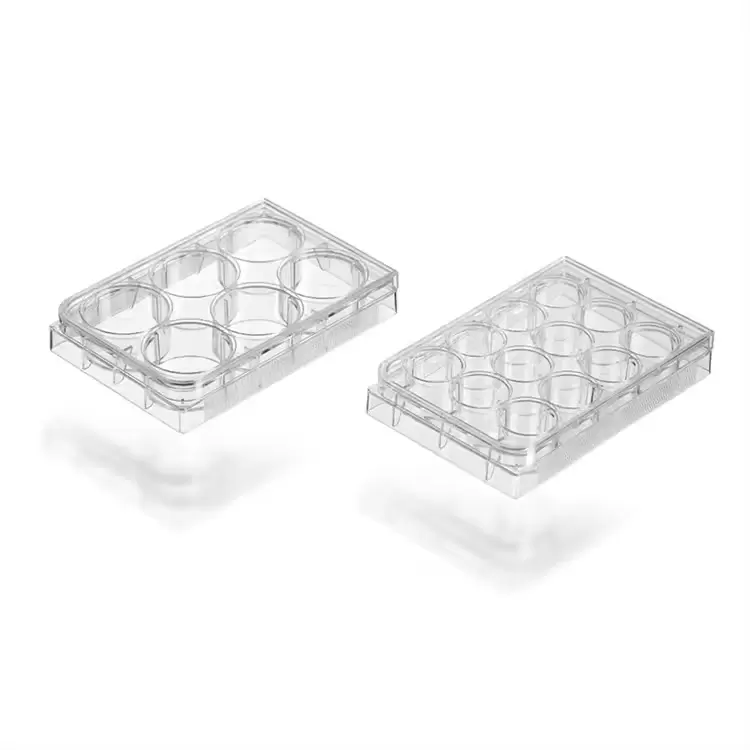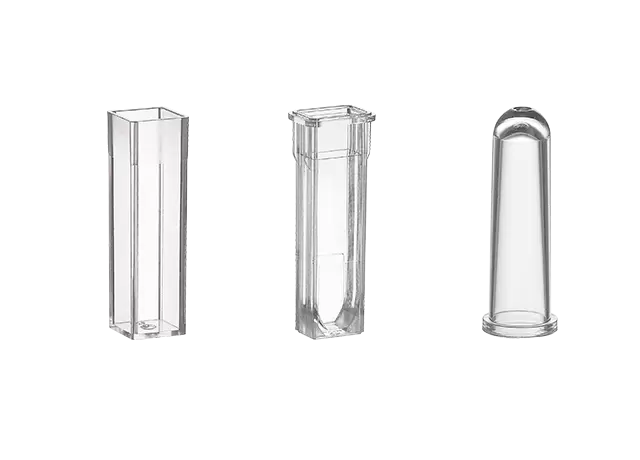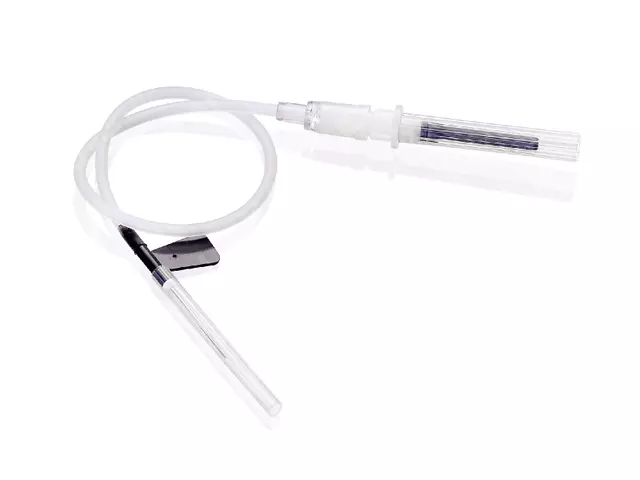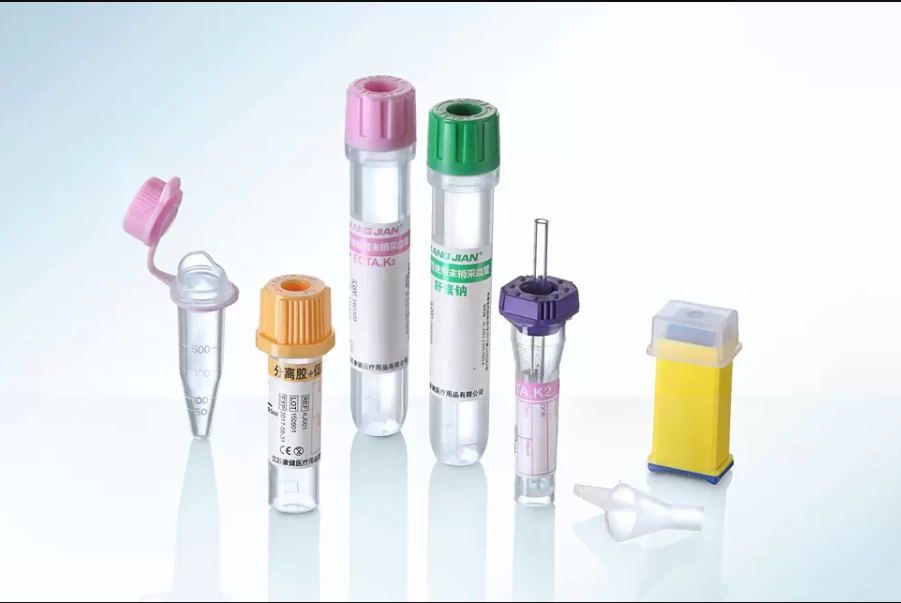IVF Multi-Well Plates: Enhancing Precision and Consistency in Embryo Culture
In vitro fertilization (IVF) is a breakthrough technology that has transformed the landscape of reproductive medicine. As the number of patients seeking fertility treatment increases globally, clinics are under mounting pressure to deliver precise, repeatable, and efficient outcomes. In this context, consumables used in IVF procedures are more than simple lab tools—they are critical components that influence patient success rates. One such essential consumable is the IVF multi-well plate. Known for its role in embryo development, gamete handling, and fertilization efficiency, the IVF multi-well plate is a core product in any modern embryology lab. This article Kangjian explores the importance of IVF multi-well plates in embryo culture.
What Is an IVF Multi-Well Plate?

An IVF multi-well plate is a specially engineered culture vessel that enables embryologists to simultaneously manage multiple embryos, gametes, or oocytes in isolated yet accessible compartments. Constructed using high-grade medical polystyrene or glass, each plate comprises a specific number of wells—commonly 4, 6, 12, or 24—each designed to support distinct culture microenvironments. The well geometry, depth, and surface treatment are optimized to facilitate gas exchange, minimize evaporation, and ensure media stability.
These plates are not generic laboratory products; they are manufactured under strict IVF-specific conditions. For instance, a good IVF multi-well plate must be embryo-safe, free of cytotoxic materials, and validated through Mouse Embryo Assay (MEA) to ensure that it does not interfere with fertilization or development. Each well is shaped to hold defined droplet volumes of culture medium, allowing for the controlled separation of embryos, co-culture materials, or media types. With lids designed to allow gas exchange while preventing microbial ingress, these plates are indispensable in controlled CO₂ incubators and time-lapse imaging systems.
Why IVF Multi-Well Plates Matter in Embryo Culture
Embryo culture is an extremely delicate biological process, requiring an environment that mimics the natural conditions of the human body. Even minor fluctuations in temperature, pH levels, or gas concentrations can negatively affect embryo viability and development. In such a critical setting, the IVF multi-well plate functions as more than just a containment device—it is an engineered microenvironment that provides physical protection, biochemical stability, and procedural efficiency. Its design helps laboratories maintain reproducibility and high-quality outcomes in every IVF cycle.
1. Embryo Development Stability
The most fundamental requirement in embryo culture is a stable, individualized microenvironment for each embryo. The IVF multi-well plate achieves this by offering multiple isolated wells, each acting as a separate chamber that can hold droplets of media covered by mineral oil. This structure allows each embryo to be cultured independently without interference from others in the same plate.
This spatial separation minimizes the risk of nutrient competition and prevents the buildup of toxic metabolic byproducts that can occur when multiple embryos share a single culture medium. It also enables embryologists to implement tailored culture protocols for each embryo—for example, using different culture media compositions or adjusting the timing of media changes. This individualized approach has been shown to improve blastocyst formation rates and overall embryo quality, underscoring why the IVF multi-well plate is indispensable for controlled embryonic development.
2. Efficient Micromanipulation
Embryo grading and micromanipulation procedures such as ICSI (Intracytoplasmic Sperm Injection), assisted hatching, and biopsy demand high optical precision. A critical feature of any IVF multi-well plate is the quality of its optical surface. Premium plates are manufactured with optically clear, flat-bottom wells made from medical-grade polystyrene or glass, which ensures excellent image fidelity under an inverted microscope.
This clarity is crucial for accurate identification of cleavage patterns, blastocyst formation, and cellular fragmentation—parameters that influence embryo selection for transfer or freezing. Furthermore, the defined well boundaries make it easier to locate embryos quickly during time-sensitive procedures. By supporting precise observation and manipulation, IVF multi-well plates enhance the accuracy of clinical decision-making and reduce the risk of errors during high-stakes embryology work.
3. Reduced Contamination Risk
Sterility is paramount in IVF laboratories, where contamination could jeopardize not only embryo development but also the integrity of an entire IVF cycle. The IVF multi-well plate is designed to address this challenge through physical and structural safeguards. Each well acts as a sealed-off unit that prevents cross-contamination between samples. This design is especially beneficial when culturing gametes or embryos from different patients on the same plate under strict traceability protocols.
In addition to physical separation, high-quality IVF multi-well plates come equipped with anti-fog, gas-permeable lids that allow CO₂ and O₂ exchange while blocking airborne microbes and particulate matter. The use of gamma-sterilized, single-use plates further eliminates the risk of biological residue from previous procedures. These protective features collectively ensure that the embryo's microenvironment remains pristine and stable, reaffirming the critical role of the IVF multi-well plate in maintaining aseptic conditions throughout the IVF process.
4. Operational Efficiency
In a busy IVF laboratory, where embryologists must manage dozens of samples within strict timeframes, workflow optimization is essential. The IVF multi-well plate enables streamlined processing by allowing multiple samples to be cultured and handled in a single compact unit. Whether preparing oocytes for insemination, culturing fertilized embryos, or staging samples for embryo transfer, the plate's modular design enhances multitasking and parallel processing.
Moreover, IVF multi-well plates are compatible with both manual and automated lab platforms, including pipetting robots, time-lapse imaging incubators, and embryo tracking systems. Their uniform geometry ensures consistent positioning under microscopes and within incubators, reducing handling time and minimizing variability across samples. By consolidating multiple operations into a single tool, the IVF multi-well plate reduces technician fatigue, increases throughput, and improves the overall efficiency of fertility clinics.
The IVF multi-well plate may seem like a small and simple product, but its importance in assisted reproductive success cannot be overstated. From ensuring embryo safety and culture consistency to supporting the daily workflow of lab personnel, the right plate can significantly impact clinical outcomes. For procurement managers, embryologists, and sourcing agents, understanding the technical, regulatory, and performance aspects of IVF multi-well plates is the first step toward ensuring your lab runs efficiently and your patients receive the highest standard of care. If you're looking to import high-quality IVF multi-well plates, partner with a manufacturer that understands the nuances of reproductive medicine, offers rigorous quality assurance, and provides tailored solutions for your laboratory needs.




